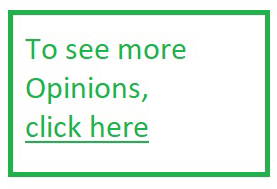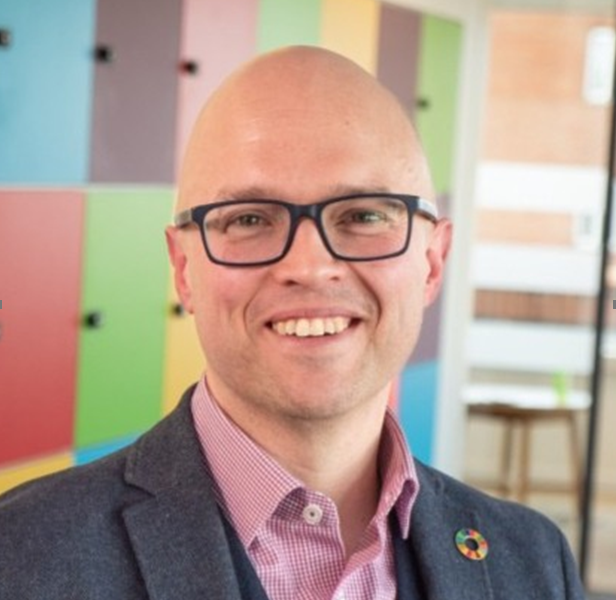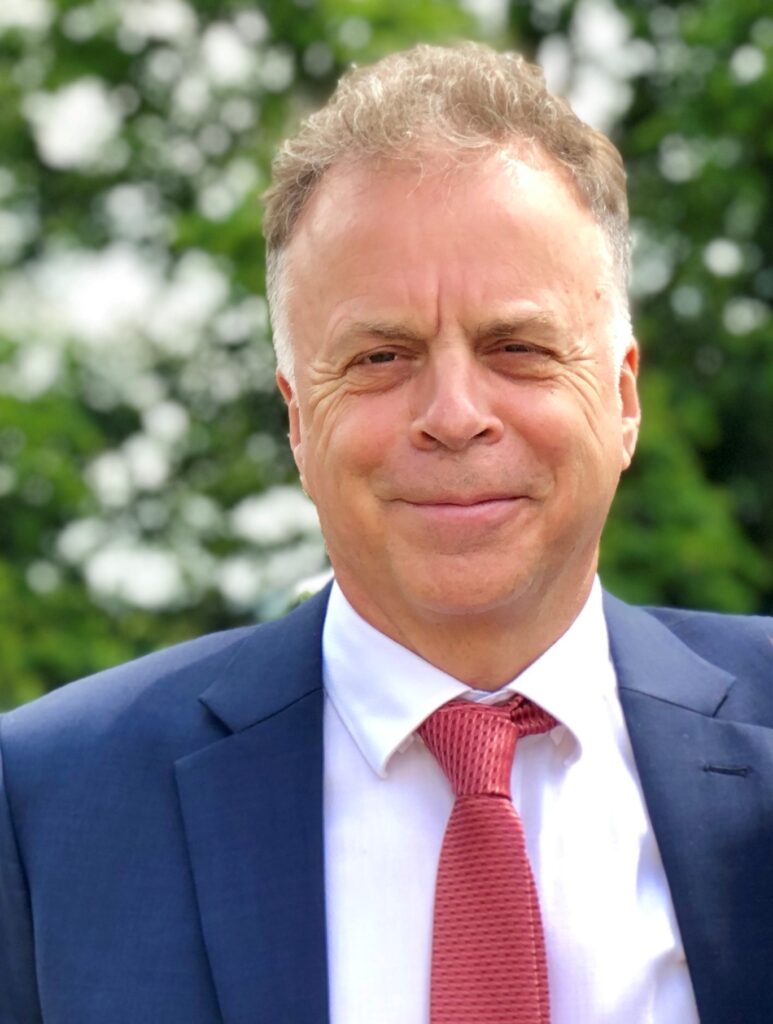OPINION: One point most of us in the recycling business agree on is that there is no one single solution to managing our waste. Take plastic, that generally has lower overall environmental impacts than single-use glass or metal in most impact categories, if we reduce its use we risk causing an imbalance as we increase our production of other materials such as glass or paper that may increase CO2 emissions.
Finding the balance between improving recycling practices, expanding waste collection, and ensuring that disposal processes prevent plastic leakage is key if we are to make any meaningful shift in improving our environmental footprint.
We need sustainable approaches that reduce the rate of consumption of resources and the consequential impact on the planet, and for this we need to catch plastics before they are disposed of and still on land.

The key problem is that plastics, a long-lived material, is widely used for short-term purposes. The figures make dismal reading, whilst 40% of plastics is used in packaging only 14% of the plastic packaging used globally goes to recycling plants, and only 9% is actually recycled.
Loss
According to the World Economic Forum, plastic packaging waste represents an $80–$120 billion loss to the global economy every year, not to mention the tremendous damage to our fragile ecosystem.
Recycling of materials such as plastics and packaging is key, and the development of new innovations that enable recycling businesses to recover materials at higher purity and quality with lower costs are vital to boosting the recovery of these valuable materials.
Yet before we even get off the blocks we are hampered by unhelpful mis-conceptions, one of which relates to how we sort waste.
Not sorted
Sorting has been hitting the headlines hard these days – particularly when it comes to identifying additional factors such as food-grade or non-food-grade besides the polymer. Whilst the conversation centres around sorting we are neglecting the bigger picture; sorting alone will not solve our recycling challenges.
The fact is that sorting is only the first important step of the journey towards a true circular economy.
Obviously it is a vital facet of the entire process, however, we need to go beyond merely sorting our waste if we are to transform the way we manage our short-lived materials to minimise and reduce current waste levels and create circular destinations for these materials.
Thinking (before and) beyond sorting
Much more thinking needs to be dedicated to making products that can be recycled simply and productively by recycling businesses. This means eliminating “difficult to recycle” packaging and optimising the composition, such as low or no pigmentation, mono construction through to readily removable adhesives and labels.
If we create multiple sub-categories of packaging in response to the perception that sorting will have the capacity to create narrower fractions of materials then the economics will diminish and issues of cross-contamination will increase.
Despite this the looming plastic packaging taxes appear to have fuelled a focus on sorting as the Holy Grail of solutions, when actually the debate needs to centre instead around which type of complete recycling processes and products will deliver the best results.
Wasted waste
Ultimately, regardless of how waste is actually identified and sorted, we will still end up with a pile of well-sorted plastic that is of low value unless it can be properly re-used, and this requires cutting-edge cleaning, extrusion, filtration and decontamination.
Brand owners and retailers are desperately short of food-grade recycled plastic of every type.
If we are to make better use of our plastic packaging waste we need to turn it back into high quality recycled mono-polymers that can be re-used in new products. Brand owners and retailers are desperately short of food-grade recycled plastic of every type.
Less virgin
Any organisation involved in FMCG knows full well that they are going to have to drastically curb their dependence on virgin plastic if they are to meet their well publicised recycling targets and comply with the new plastic packaging laws.
To achieve this will require having a vast and new supply of food-grade recycled plastics including PET, HDPE, Polypropylene (PP) and LDPE to turn into the bottles, tubs, pots and trays they are using since these plastics are the largest volume plastics used globally.
Whether we opt for chemical markers (such as fluorescent marker based PRISMTM) or digital watermarks, the very fact that we can now enhance the sorting and identification processes is a fundamental step in the right direction.
However, the process can’t stop there – otherwise we will not achieve the highest economic value and be wasting potentially valuable end of first-use materials.
Half the solution
Decontamination is the next crucial phase, to be able to turn our well sorted waste into valuable recyclates such as food-grade rPP, food-grade rHDPE and food-grade PET.
Achieving the vision of near-zero plastic waste requires technological advances, brave new thinking, innovative business models as well as accelerating upstream innovation.
In the case of PP, it has taken 8 years of intense research and commercial trials to achieve a powerful and unique decontamination process for food-grade recycled PP.
This has resulted in PPristineTM that is soon going for EFSA and USFDA approval.
Back into the circular economy
PPristineTM is in effect the missing link that will finally close the loop on food-grade recycled PP that has been “missing-in-action” to date. The NEXTLOOPP process launched in October 2020 is designed to take PP out of the waste stream and into the circular economy
In Europe PP accounts for 10 million t/yr with 40% (4 million t/yr) used for consumer packaging, which, largely goes un-recycled or to low value applications. Certainly the fact that as of January 2021 EU legislation starts applying a €800/t charge for single use plastics with less than 30% recycled content should add to brand owners’ motivation to re-address their plastic recycling commitments.
The good news is that we can start making paradigm changes right now with the technologies we already have
Unlocking the full value of our plastic waste will go a long way towards helping organisations honour their commitment to increase the level of recycled material they use in their packaging – better still this kind of coherent recycling strategy will have enormous impact on reducing post consumer waste.
We urgently need to focus on closing the plastic loop by meshing each facet of the process from collection and sorting through to decontamination to ensure a transformational shift occurs.
The good news is that we can start making paradigm changes right now with the technologies we already have at our fingertips so long as we embrace the entire recycling process.
AUTHOR
Professor Kosior is the founder of NEXTLOOPP, a multi-client project that sits at the intersection of ground breaking technology to offer a total, 360 degree solution to recycling post-consumer PP waste and turn it into food-grade rPP; see more at Nextek.org












Subscribe for free